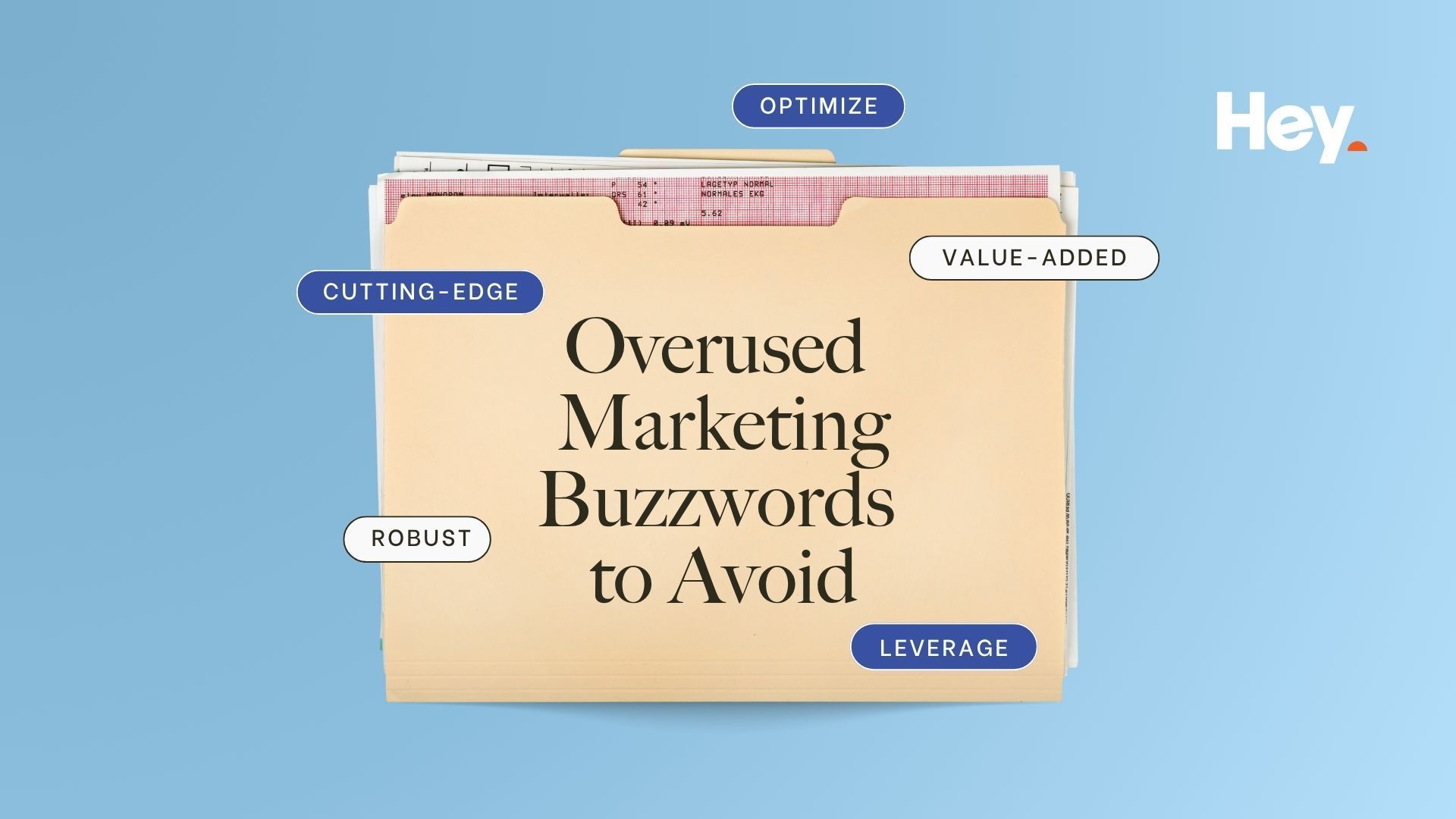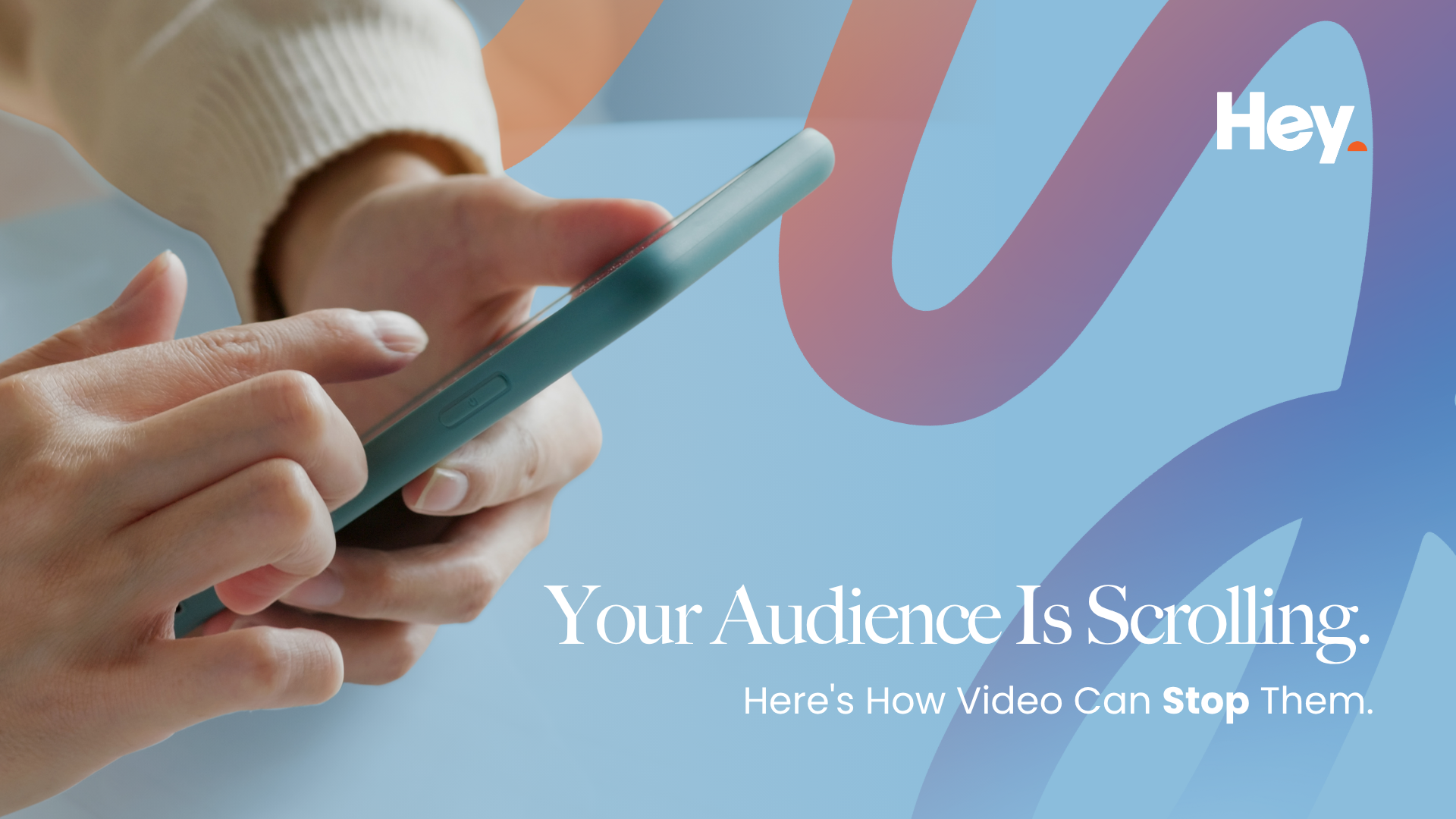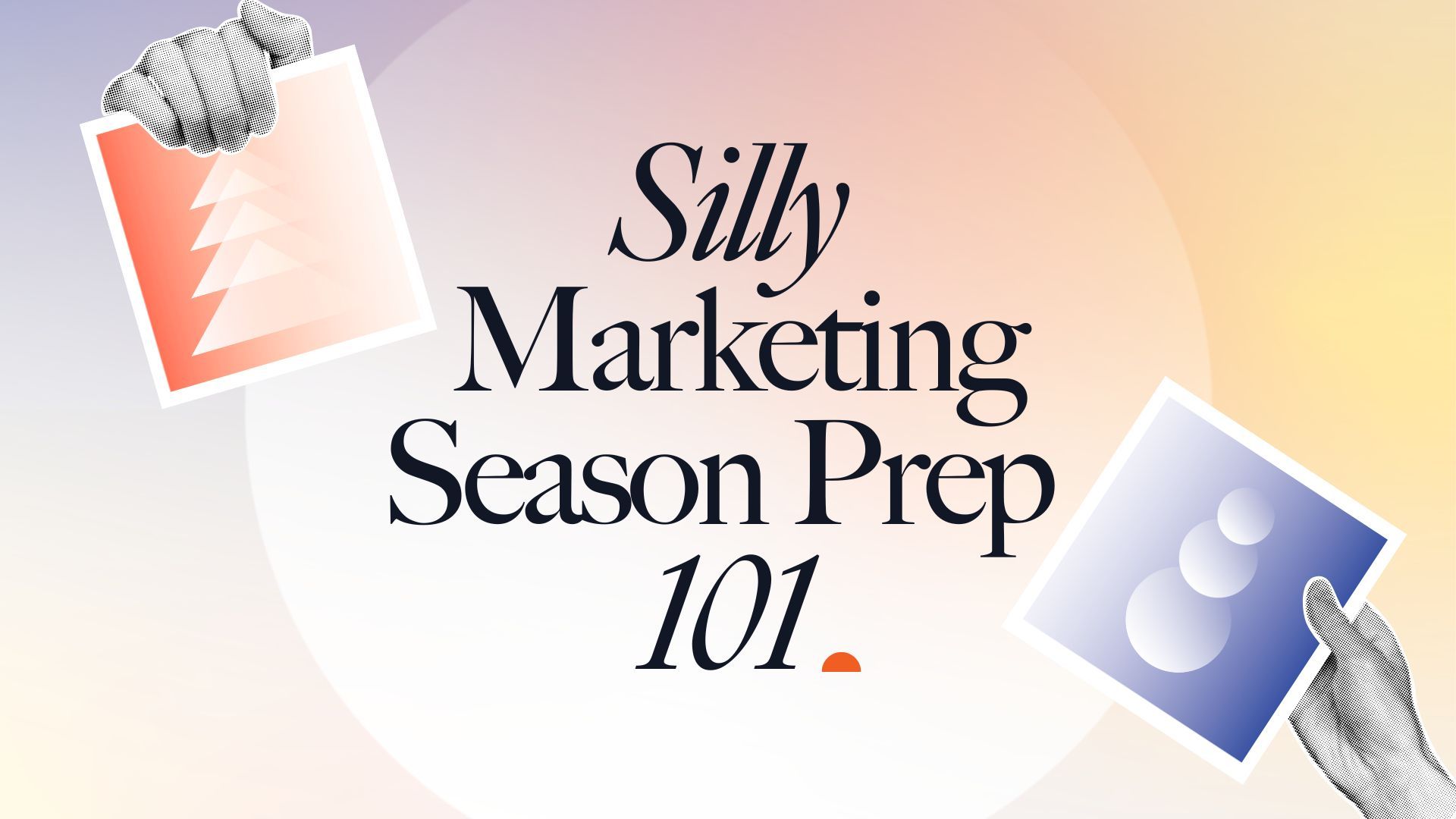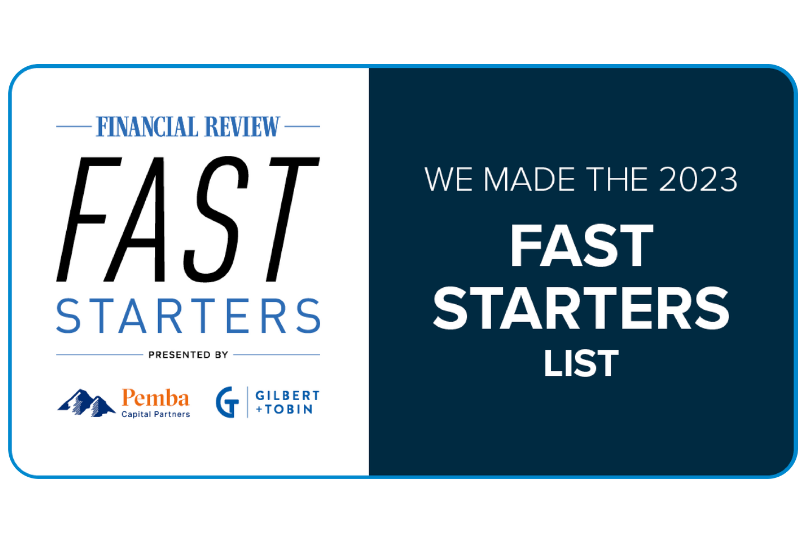
A Creative Powerhouse of passionate, extremely creative and results driven professionals. Creating premium brands, powerful websites and effective campaigns.
Just name droppin' some of our clients.
Not your traditional agency.
A Creative Powerhouse.
We are skilled creatives, who are better together.
But wait, there's more.

Execution is everything. Pushing creative limits and bringing campaigns to life. Strategically working with our affiliated company, Hey Media for our clients.

Fancy some reading?

Tired of hearing the same marketing buzzwords that mean… well, nothing? You’re not alone. From “disruptive” to “game-changer,” these overused phrases can make your brand sound generic instead of genuine. Here’s how to ditch the fluff and speak with clarity, confidence, and real credibility. 1. Disruptive 🚫 Meaningless unless you’re actually changing an industry. ✅ Instead: “New approach”, “Innovative solution”, or explain how it’s different. 2. Authentic 🚫 Overused to the point of irony. ✅ Instead: Show the authenticity — don’t say it. Use storytelling, real voices, real people. 3. Synergy 🚫 Jargon-heavy and vague. ✅ Instead: “Working better together”, “Collaboration”, “Combined strengths”. 4. Game-changer 🚫 Unless it actually changes the game, this feels hollow. ✅ Instead: “Real impact on…”, “Major improvement in…” 5. Next-Gen/Next-Level 🚫 Lacks specificity. Next what? ✅ Instead: Explain what’s improved or different — faster? Easier? More powerful? 6. Cutting-Edge/Leading-Edge 🚫 Everyone claims this. Few prove it. ✅ Instead: Use a concrete example of the technology or practice that sets you apart. 7. Leverage 🚫 Sounds corporate and stiff. ✅ Use “Use”, “Apply”, “Tap into” instead — simpler and clearer. 8. Growth Hacking 🚫 Buzzwordy and often associated with spammy tactics. ✅ Instead: “Rapid growth strategy”, “Smart marketing tactics”. 9. Scalable 🚫 Can feel like investor speak, not customer-focused. ✅ Explain why it scales: “Built to grow with your business”. 10. Low Hanging Fruit 🚫 Feels lazy and condescending. ✅ Instead: “Quick wins”, “Immediate opportunities”. 11. Holistic 🚫 Vague and often misused. ✅ Instead: “All-in-one”, “Complete solution”, or be specific about what’s included. 12. Robust 🚫 Generic and unclear. ✅ Describe what’s strong about it.... durable? Secure? Flexible? 13. Paradigm Shift 🚫 Dramatic for the sake of drama. ✅ Be concrete: “A new way to think about…” 14. Optimize 🚫 Valid word, but can be overused without substance. ✅ Instead: Say what’s being improved, and how. 15. Value Added 🚫 Redundant. (If it doesn’t add value, why mention it?) ✅ Just say what the actual benefit is. If you can’t explain it simply, your customer won’t understand it either. Buzzwords feel safe, but they water down your message. Try swapping them for clear, conversational language that’s backed by proof, stories, or results. Need help sharpening your brand voice? Let’s make your message clear.

Let's be real: right now, somewhere out there, your ideal customer is lying in bed watching a 12-second video of someone making pasta. Or folding laundry. Or taking you through their day in the life. Everywhere you look online, short-form video is setting the pace. From quick product reveals to fast how-to tips & behind-the-scenes snippets, bite-sized clips are now driving the way people interact online. If your brand isn’t speaking this language yet, we need to talk. Why Short Form Video Is King Let’s be honest, our attention spans are short. Thanks to TikTok, Instagram Reels, and the hypnotic pull of doom scrolling, we've all become masters of the split-second swipe or scroll. If something doesn't grab us immediately, we're gone. The great news is that this isn’t bad news for brands. It’s actually an incredible opportunity. Short-form video content has opened the door to connect with people in a way that feels immediate and authentic. In just a few seconds, brands can tell a story, highlight a product or spark curiosity, all while showing up where your audience already is (their ‘For You’ pages at 10pm!) The beauty of these platforms is the interaction they can create. Comments, shares and likes give direct & instant feedback, helping brands see what works and refine their approach on the go. How Do You Actually Do This In Your Social Media Mix? The heart of short form video is storytelling. Not in a fancy, corporate or over-produced way. We're talking real, human storytelling that makes people stop mid-scroll and pay attention. In an endless feed of content, standing out means showing up as you - addressing pain points, sharing wins, and maybe cracking a joke or two. Here's how to get started without overthinking it: 1. Know Your Audience Take the time to learn what your customers actually care about by using surveys, website analytics & social media insights to uncover their interests and challenges. Then build clear audience profiles so your content speaks directly to the people you want to reach. 2. Tell Real Stories Share genuine moments. Behind-the-scenes footage of your team, customer wins & even the occasional blooper. Authenticity builds trust faster than any polished ad ever could. And if humour fits your brand? Use it, but just keep it natural! 3. Inspire & Connect Highlight real wins and challenges that align with your brand values. Show empathy and keep your content relevant to what’s happening right now, this makes your brand feel more human and relatable. 4. Focus On Quality, But Keep It Real Yes, optimise for each platform. Yes, use good lighting and clear audio. But don't get so caught up in perfection that you lose the vibe. Encourage engagement by asking questions, sharing hot takes, or inviting opinions. The proof? It's in the pudding. Short-form video isn't just a nice-to-have; it's a game-changer. Our Hey clients have seen wild results, like one business that scored a 272% increase in impressions across Instagram and Facebook. We achieved this by partnering with a local journalist & influencer in our region to create authentic UGC style content - showcasing real local talent, asking quick-fire fire digestible questions & sharing off-the-cuff moments that resonated with the community. If you're still on the fence about short-form video, let this be your nudge. Your audience is already scrolling. The platforms are ready. The tools are there. All you need is the courage to hit record and be yourself.

The holiday season is upon us, also referred to as the ‘silly’ season, and for small to medium businesses, it's a golden opportunity to boost sales and strengthen customer relationships. But with the digital landscape buzzing with festive promotions, how can you ensure your brand or business stands out without breaking the bank? Here are some practical, no-nonsense strategies to make the most of this silly season: Flash Sales & Social-Only Deals The end-of-year rush is prime time for exclusive deals. Flash sales, especially those exclusive to your social media followers or website visitors, can create a sense of urgency and reward loyalty. Black Friday and Cyber Monday are your chances to offer irresistible deals that drive traffic and conversions. Boxing Day is a perfect opportunity for customers to grab items they missed before the holidays now at discounted prices. To maximize impact, use compelling calls to action like “Hurry, limited time only!” or “Exclusive deal for our followers.” Consider adding perks such as free shipping, gifts with purchase, or buy-one-get-one-free offers to sweeten the deal. Stick to What Works The holiday season is not the time to test unproven marketing tactics. Rely on the strategies that have worked for you throughout the year. Consistency in messaging and branding helps maintain customer trust and recognition. Pay attention to what your customers have shown interest in leading up to the holiday period. Focus your campaigns on these popular items or services to increase the likelihood of conversion & leave testing new waters to the new year. Engage Through Social Media Social media is a powerful tool for reaching your audience during the holidays. Utilise both paid and organic posts to promote your seasonal offers. Paid ads can target your audience with creative campaigns that highlight your holiday deals. Organic posts can encourage engagement with messages like “Tag a friend to win a holiday gift” or “Share your holiday shopping list with us.” Optimise Your Website For Holiday Traffic Ensure your website is ready to handle the increased traffic during the holiday season. A seamless online experience can make the difference between a sale and a lost opportunity. Fast loading times are critical as slow websites can drive customers away. Make sure your site is mobile-friendly and easy to navigate so customers can find products and complete purchases quickly. Clear contact information including customer support and store locations is also essential. Build Relationships, Not Just Sales While the holiday season is a prime time for sales, it is also an opportunity to build lasting relationships with your customers. Personalized communication, exceptional customer service, and a genuine brand voice can turn one-time buyers into loyal patrons. Remember, the goal is not just to boost sales but to create memorable experiences that keep customers coming back long after the holidays are over. By implementing these strategies, you can navigate the silly season with confidence, ensuring your business not only survives but thrives during this bustling time of year. Want To Learn More? Sign up with your email address below to download your free “Silly Marketing Season 101” handbook, and get all the tips you need to make this holiday season a success.









